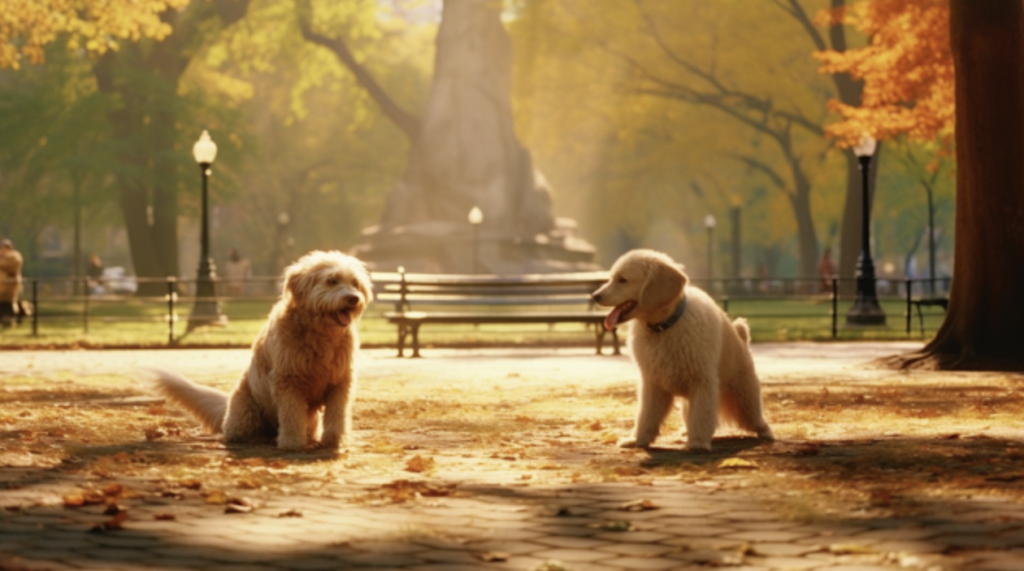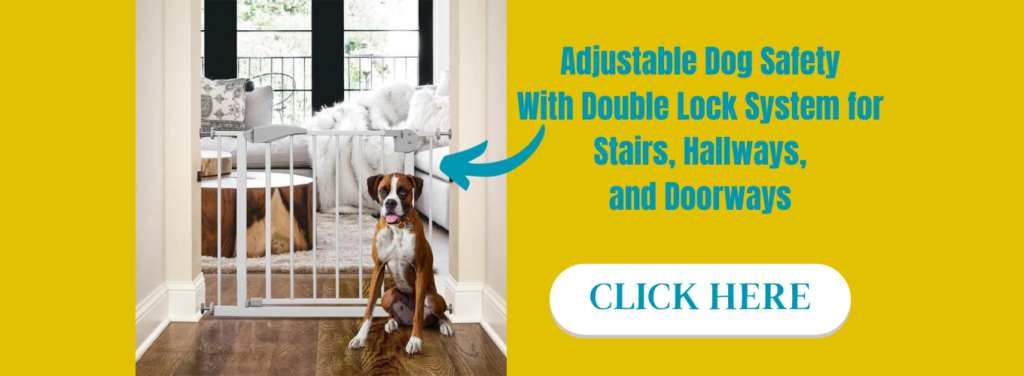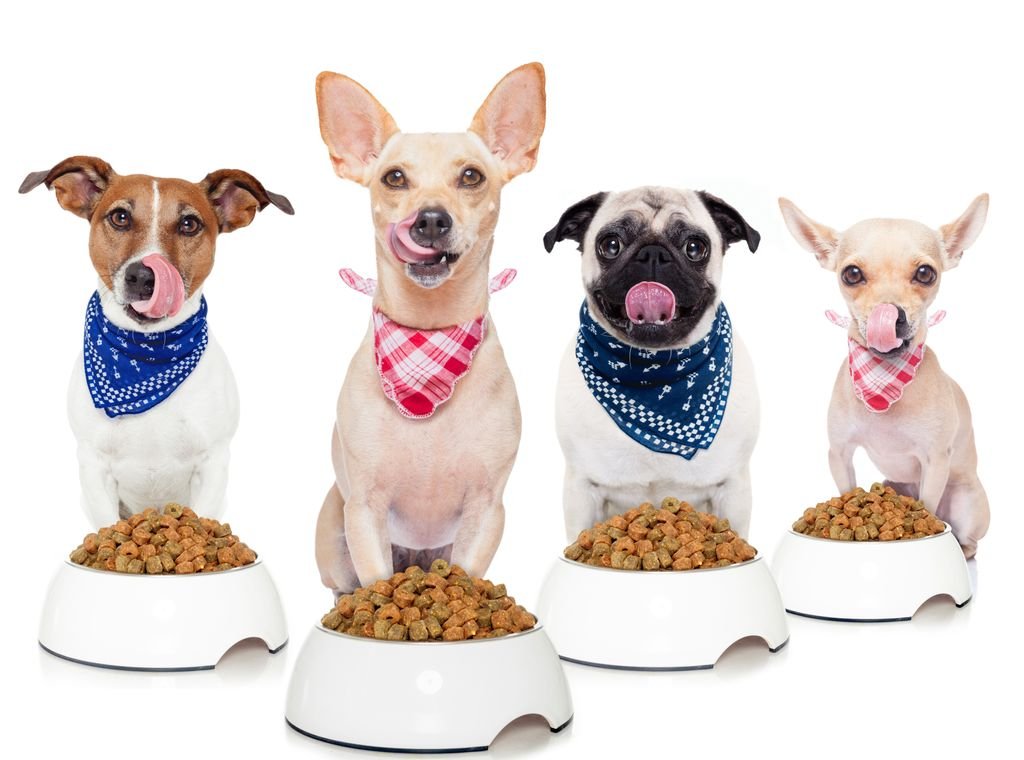
Pawsitively Peaceful: Tips for Introducing New Dogs to Your Multidog Household
Introducing a new dog to your multidog household can be an exciting but potentially challenging experience. It’s important to understand the dynamics of your current pack and take steps to prepare your home and create a positive environment for all dogs involved. In this article, we will explore tips for introducing new dogs to your multidog household and provide key takeaways to ensure a pawsitively peaceful transition.
Key Takeaways
- Establish a pack hierarchy to prevent conflicts
- Recognize and respect individual personalities
- Create separate spaces for each dog
- Introduce scent to familiarize dogs with each other
- Provide adequate resources to avoid competition
Understanding the Dynamics of Your Multidog Household

Establishing a Pack Hierarchy
Establishing a pack hierarchy is crucial when introducing a new dog to a multidog household. Dogs are pack animals and thrive in a structured environment. To establish a pack hierarchy, it is important to provide clear leadership and establish rules and boundaries. This can be done through consistent training and enforcing rules. Dominant dogs may need to be reminded of their position in the pack, while more submissive dogs may need reassurance and guidance. It is essential to monitor interactions and intervene if any conflicts arise. By establishing a pack hierarchy, you can create a harmonious and balanced environment for all the dogs in your household.
| Important Factors to Consider |
|---|
| Clear Leadership |
| Structured Environment |
| Consistent Training |
| Enforcing Rules and Boundaries |
| Monitoring Interactions |
Recognizing Individual Personalities
Understanding the unique personalities of each dog in your multidog household is crucial when introducing a new dog. Some dogs may be more dominant and assertive, while others may be more submissive and laid-back. Taking note of these personality traits can help you anticipate how each dog may react to the new addition. It’s important to respect each dog’s individuality and provide them with the appropriate support and guidance they need. By recognizing and addressing the different personalities, you can create a harmonious environment for all the dogs in your household.
| Personality Traits | Description |
|---|---|
| Dominant | Assertive and confident |
| Submissive | Relaxed and easygoing |
Understanding the personalities of your dogs allows you to better manage their interactions and ensure a smooth introduction process.
Identifying Potential Conflicts
It is important to be vigilant and observe the interactions between your dogs to identify potential conflicts. Aggressive behaviors such as growling, snarling, or snapping can be signs of tension. Additionally, resource guarding or territorial behavior may lead to conflicts. Pay attention to body language cues such as stiff posture, raised hackles, or prolonged staring. Creating a table to track these behaviors can help you identify patterns and triggers. Remember, prevention is key to maintaining a harmonious multidog household.
| Behaviors to Watch Out For | Possible Triggers |
|---|---|
| Growling | Food or toys |
| Snapping | Personal space |
| Resource guarding | High-value items |
It is better to address conflicts early on to prevent escalation and ensure a peaceful coexistence among your furry companions.
Preparing Your Home for a New Dog
Creating Separate Spaces
When introducing a new dog to your multidog household, it is important to create separate spaces for each dog. This allows them to have their own safe and comfortable area where they can retreat to when needed. By providing each dog with their own space, you are minimizing the potential for territorial disputes and promoting a sense of security. You can use baby gates or crates to create physical boundaries between the dogs’ spaces. Additionally, it is beneficial to have separate feeding and water stations for each dog to prevent resource guarding. Remember, creating separate spaces is an essential step in ensuring a smooth and peaceful transition for your new dog and existing dogs.
| Dog 1 | Dog 2 |
|---|---|
| Bed | Crate |
| Toys | Bed |
Creating separate spaces allows each dog to have their own safe area to retreat to when needed.
Introducing Scent
Introducing scent is an essential step in introducing a new dog to your multidog household. Dogs rely heavily on their sense of smell to gather information about their environment and other dogs. To help familiarize the dogs with each other’s scent, you can exchange bedding or toys between the dogs. This allows them to become acquainted with each other’s scent before they physically meet. It is important to note that some dogs may show signs of anxiety or aggression when introduced to new scents. Therefore, it is crucial to closely monitor their reactions and provide a safe and controlled environment.
| Tip: Exchange bedding or toys between the dogs to familiarize them with each other’s scent. |
Remember, a positive and gradual introduction process is key to a successful integration of a new dog into your multidog household.
Providing Adequate Resources
When introducing a new dog to your multidog household, it is crucial to ensure that there are adequate resources available for all dogs. This includes providing separate food and water bowls, toys, beds, and designated areas for each dog. By providing each dog with their own resources, you can help prevent potential conflicts over limited resources. Additionally, it is important to establish a structured feeding routine to avoid any food-related conflicts. Creating a calm and peaceful environment with plenty of resources can help promote a positive and harmonious introduction process.

| Resources | Importance |
|---|---|
| Food and water bowls | Ensures each dog has access to their own food and water |
| Toys | Provides mental stimulation and prevents resource guarding |
| Beds | Gives each dog a comfortable space to rest |
| Designated areas | Allows dogs to have their own safe spaces |
Providing adequate resources is essential for a smooth and successful introduction process.
Introducing Dogs in a Controlled Environment
Neutral Territory
When introducing dogs in a controlled environment, it is important to start with neutral territory. This means choosing a location that is unfamiliar to all the dogs involved, such as a park or a friend’s backyard. By starting in a neutral territory, you can help prevent any territorial behaviors or conflicts that may arise when introducing dogs in their own spaces. Allow the dogs to explore the area and get comfortable with each other’s presence before proceeding to the next step. It is also helpful to have a table like the one below to keep track of the dogs’ behaviors during the introduction process.
| Dog Name | Behavior | Notes |
|---|---|---|
| Max | Friendly | |
| Bella | Nervous | |
| Rocky | Dominant |
Remember, every dog is different, and it is important to monitor their behaviors and make adjustments as necessary to ensure a smooth introduction process.
Positive Reinforcement
Positive reinforcement is a crucial aspect of introducing new dogs to your multidog household. By rewarding desired behaviors with treats, praise, and affection, you can encourage positive interactions and create a harmonious environment. It is important to avoid punishment and instead focus on rewarding good behavior to build trust and confidence. Additionally, using counter-conditioning techniques can help dogs associate each other’s presence with positive experiences. For example, you can create a positive association by feeding both dogs in close proximity, gradually decreasing the distance over time. Remember, patience and consistency are key during this phase of the introduction process.
| Benefits of Positive Reinforcement |
|---|
| – Builds trust and confidence |
| – Encourages positive interactions |
| – Creates a harmonious environment |
| – Establishes a positive association |
Using positive reinforcement techniques can greatly contribute to a successful integration of a new dog into your multidog household.
Managing the Transition Period

Gradual Introductions
Introducing new dogs to your multidog household should be done gradually to ensure a smooth transition. Start by allowing the dogs to interact in short, supervised sessions in a neutral territory. Monitor their behaviors closely and look for signs of aggression or discomfort. If any conflicts arise, separate the dogs and try again later. Provide plenty of positive reinforcement for good behavior and gradually increase the duration of their interactions. Remember, patience and consistency are key during this period of adjustment.
Here are some important things to consider during the gradual introductions:
- Take it slow: Rushing the process can lead to unnecessary stress and tension.
- Observe body language: Pay attention to how the dogs communicate with each other and intervene if necessary.
- Seek professional help if needed: If you’re having difficulty managing the introductions, don’t hesitate to consult a professional dog trainer or behaviorist.
Remember, every dog is unique, and the time it takes for them to adjust to a new dog can vary. By following these steps and being patient, you can help create a harmonious and peaceful multidog household.
Monitoring Behaviors
During the transition period, it is crucial to monitor behaviors of all dogs involved. Keep an eye out for any signs of aggression, fear, or tension. It is normal for dogs to establish their roles and boundaries, but it is important to intervene if any conflicts arise. Observe their body language, such as stiff postures or raised hackles, as these may indicate potential issues. Create a log to track any concerning behaviors and discuss them with a professional if needed. Remember, patience and consistency are key in successfully integrating a new dog into your multidog household.
| Behavior | Description |
|---|---|
| Aggression | Displays of hostility or threat towards other dogs |
| Fear | Exhibiting signs of anxiety or distress |
| Tension | Unease or stress in the environment |
Remember, a smooth transition requires careful observation and proactive management.
Addressing Challenges
During the transition period, it is important to address any challenges that may arise in your multidog household. This can include resource guarding, territorial behavior, or aggression. One effective strategy is to gradually introduce the new dog to the existing pack members, allowing them to get used to each other’s presence and establish a sense of familiarity. Monitoring behaviors is crucial during this time, as it allows you to identify any potential conflicts and intervene if necessary. Additionally, providing adequate resources such as food, toys, and attention can help minimize competition and reduce the chances of conflicts. Remember, it is essential to remain patient and seek professional guidance if needed.
| Challenges to Address |
|---|
| Resource guarding |
| Territorial behavior |
| Aggression |
Addressing challenges during the transition period is crucial for a harmonious multidog household.
Frequently Asked Questions

Q1: How long does it take for dogs to adjust to a new dog in the household?
A1: The time it takes for dogs to adjust to a new dog in the household can vary depending on the individual dogs and their personalities. Some dogs may adjust within a few days, while others may take several weeks or even months. It is important to be patient and allow the dogs to establish their own dynamics and hierarchy.
Q2: Should I introduce the new dog to each of my existing dogs individually or all at once?
A2: It is generally recommended to introduce the new dog to each of your existing dogs individually before introducing them all together. This allows for a more controlled and gradual introduction, reducing the chances of conflicts and overwhelming the dogs. Once the individual introductions have been successful, you can then proceed to introduce them all together in a neutral territory.
Q3: What should I do if my dogs show signs of aggression during the introduction process?
A3: If your dogs show signs of aggression during the introduction process, it is important to intervene and separate them immediately. Do not force the interaction or allow the aggression to escalate. Consult with a professional dog trainer or behaviorist for guidance on how to address the aggression and safely continue the introduction process.
Q4: How can I prevent resource guarding behavior between my dogs?
A4: To prevent resource guarding behavior between your dogs, it is important to provide an ample amount of resources for each dog, including food, water, toys, and resting areas. Avoid situations where the dogs feel the need to compete for resources and supervise their interactions during meal times and play sessions. If resource guarding behavior persists, consult with a professional for further guidance.
Q5: Can I leave my dogs unsupervised once they have been introduced?
A5: It is generally not recommended to leave your dogs unsupervised until they have had enough time to establish a positive and stable relationship. Even after successful introductions, it is important to monitor their behaviors and interactions for any signs of tension or conflicts. Gradually increase the unsupervised time as the dogs continue to show positive behaviors and get along well.
Q6: What should I do if my dogs continue to have conflicts or do not get along?
A6: If your dogs continue to have conflicts or do not get along despite following the introduction and management techniques, it may be necessary to seek professional help from a dog behaviorist or trainer. They can assess the situation, provide guidance on behavior modification techniques, and help you create a plan to address the issues and improve the relationship between your dogs.

